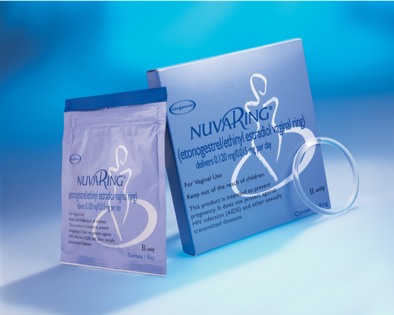For the past few weeks we’ve been talking about sex that hurts — and not in a heartache kind of way. Two weeks ago we published an excerpt from When Sex Hurts: A Woman’s Guide to Banishing Sexual Pain. Then last week we published a basic overview of the causes of painful sex. So many women still don’t admit to having this problem — they may write in to an anonymous advice column like ours, but they won’t necessarily admit it to their gynecologist. Today we present a Q&A with Dr. Caroline Pukall and Dr. Andrew Goldstein, coauthors of When Sex Hurts, addressing some of the most common questions they hear about painful sex.
What is the most common cause of sexual pain?
There are many causes of sexual pain, the most common being vestibulodynia, the most common type of vulvodynia, which is chronic vulvar pain which has no known cause. Vestibulodynia is characterized by a severe burning pain at the entrance of the vagina during activities that involve vaginal penetration; the most common complaint of women with this condition is dyspareunia — pain during sexual intercourse. Women with vestibulodynia may also have pain during nonsexual activities, such as gynecological examinations.
What are some surprising contributors to sexual pain?
Oral contraceptives pill are probably the most common cause of sexual pain. Most physicians are not aware of this.
Why do you think as many as 40% of women who suffer from sexual pain won’t seek medical care?
Many women feel too embarrassed to bring up the topic with their healthcare provider as it involves sexual activity and pain in the genital area. Talking about such personal issues may be too uncomfortable for them despite the pain and negative consequences of the condition.
How can a woman identify the source of her sexual pain and how can she best communicate her pain to her doctor?
The best approach is to document as many aspects of the pain experience as possible, for example, when the pain started, and what other factors were happening at the time, such as, beginning a new medication; where the pain is located; how the pain feels, e.g., sharp, throbbing, burning; how long the pain lasts and during which activities it starts or worsens (even sexual ones!); how the pain is affecting one’s life; and what things make the pain better versus worse. A complete history like this can help the healthcare provider make an accurate diagnosis. Also, speaking about the pain in as factual a manner as possible while calmly discussing its effects will allow the healthcare provider to get an accurate picture of the pain and its consequences.
What are some prescribed treatments for sexual pain that, in fact, don’t work?
Many women are given prescription after prescription of antibiotics or anti-yeast medications when in fact, only rarely are infections the cause of chronic sexual pain. In addition, women are frequently given topical steroids, but steroids alone rarely work as a treatment for sexual pain.
Read the rest of this post on SUNfiltered
MORE ON PAINFUL SEX FROM EM & LO:
- Dr. Kate on Female Sexual Dysfunction: Pain Problems
- When Some Sex Positions Hurt
- Sex Starts Out Fine, Then Becomes Painful
- When Your G-Spot Hurts
- Why Am I Sore After Sex?
- How to Make First-Time Sex Less Painful
- Is Painful Sex Ever an Issue for Guys?
- Swollen Vulva & Painful Urination Post-Sex
- Painful Sex After a C-Section

















